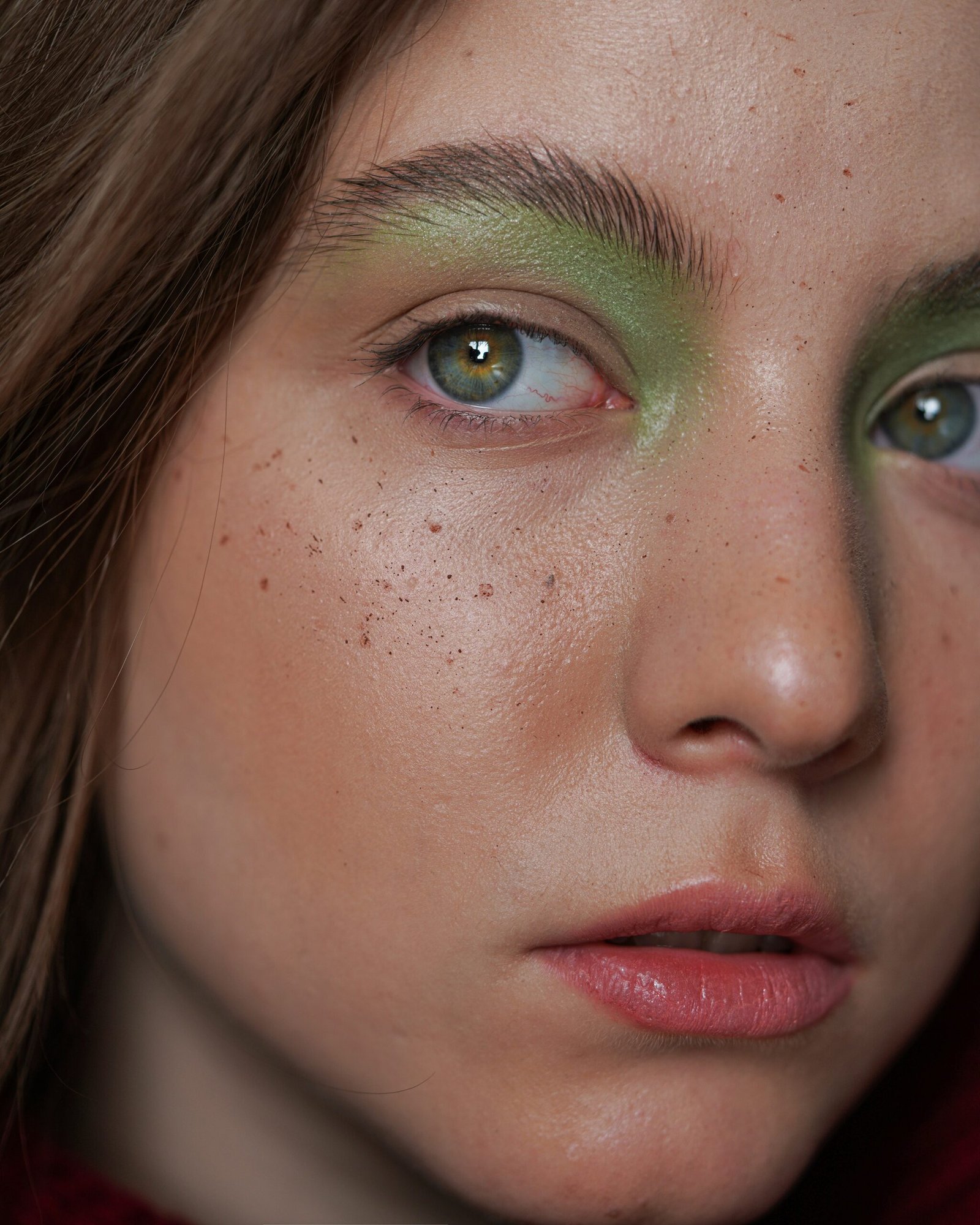How to Get Rid of Pimples

Pimples, also known as acne, can be a frustrating and confidence-damaging skin condition that affects people of all ages. Whether you’re dealing with occasional breakouts or chronic acne, finding effective ways to get rid of pimples is a common goal. In this comprehensive guide, we will explore various methods and remedies to help you achieve clear and healthy skin.
Understanding Pimples
Before diving into the solutions, it’s important to understand what causes pimples. Pimples occur when hair follicles become clogged with oil, dead skin cells, and bacteria. Hormonal changes, stress, diet, and certain medications can contribute to the development of pimples. Now, let’s explore some effective strategies to combat pimples and achieve a clear complexion.
1. Maintain a Consistent Skincare Routine
Establishing a regular skincare routine is crucial for preventing and treating pimples. Start by cleansing your face twice a day with a gentle cleanser that suits your skin type. Avoid harsh scrubbing, as it can irritate the skin and worsen acne. After cleansing, apply a non-comedogenic moisturizer to keep your skin hydrated without clogging the pores.
In addition to cleansing and moisturizing, incorporate exfoliation into your routine. Exfoliating helps remove dead skin cells, unclog pores, and prevent breakouts. Use a gentle exfoliant with ingredients like salicylic acid or glycolic acid, which can help reduce acne-causing bacteria and promote cell turnover.
Don’t forget to protect your skin from the sun. Choose a broad-spectrum sunscreen with an SPF of 30 or higher to shield your skin from harmful UV rays. Sun exposure can worsen acne and lead to post-inflammatory hyperpigmentation.
2. Use Topical Acne Treatments
Topical acne treatments are available over the counter or by prescription and can be effective in reducing pimples. Look for products containing ingredients like benzoyl peroxide, salicylic acid, or retinoids. These ingredients help unclog pores, reduce inflammation, and prevent new breakouts.
When using topical treatments, start with a low concentration to minimize skin irritation. Apply a thin layer to the affected areas once or twice a day, following the instructions on the product. Be patient, as it may take several weeks to see noticeable results.
3. Try Natural Remedies
If you prefer natural remedies, several options may help alleviate pimples. Tea tree oil, known for its antibacterial properties, can be applied topically to reduce inflammation and kill acne-causing bacteria. Aloe vera gel can soothe irritated skin and promote healing.
Another natural remedy is witch hazel, which acts as an astringent and can help reduce oil production. Apple cider vinegar, when diluted with water, can also be used as a toner to balance the skin’s pH and reduce acne-causing bacteria.
Remember, natural remedies may not work for everyone, and it’s essential to patch test before applying them to your entire face. If you experience any adverse reactions, discontinue use.
4. Make Dietary Changes
While diet alone may not be the sole cause of pimples, certain foods can trigger or worsen acne. Consider making dietary changes to support healthy skin. Reduce your intake of processed foods, sugary snacks, and beverages high in added sugars.
Incorporate foods rich in antioxidants, such as fruits, vegetables, and whole grains. These foods help fight inflammation and promote skin health. Additionally, consuming foods high in omega-3 fatty acids, like fatty fish and walnuts, may help reduce acne severity.
5. Manage Stress Levels
Stress can contribute to hormonal imbalances and trigger acne breakouts. Finding effective stress management techniques can help improve your skin’s condition. Engage in activities that help you relax and unwind, such as yoga, meditation, or spending time in nature.
Getting enough sleep is also crucial for maintaining healthy skin. Aim for 7-9 hours of quality sleep each night to allow your skin to repair and rejuvenate.
6. Avoid Picking or Squeezing Pimples
While it may be tempting to pop a pimple, doing so can lead to further inflammation, scarring, and infection. Avoid picking or squeezing pimples, as it can worsen the condition and delay the healing process.
If you have a particularly stubborn pimple, consider using a warm compress to help bring it to a head naturally. Once the pimple has come to a head, you can gently extract the contents using a sterile needle or visit a dermatologist for professional extraction.
7. Consult a Dermatologist
If your pimples persist despite trying various remedies, it may be beneficial to consult a dermatologist. A dermatologist can assess your skin condition, determine the underlying causes of your acne, and recommend appropriate treatments.
They may prescribe stronger topical medications, oral medications, or perform in-office procedures such as chemical peels or laser therapy. Remember to follow your dermatologist’s instructions and attend follow-up appointments for optimal results.
Conclusion
Getting rid of pimples requires a combination of consistent skincare, topical treatments, lifestyle changes, and, in some cases, professional guidance. Experiment with different methods to find what works best for your skin. Remember to be patient, as achieving clear and healthy skin takes time. With perseverance and the right approach, you can successfully combat pimples and regain your confidence.
